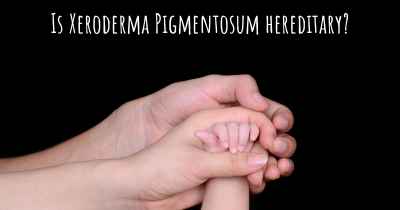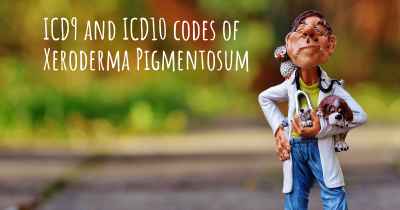Which are the symptoms of Xeroderma Pigmentosum?
See the worst symptoms of affected by Xeroderma Pigmentosum here

Symptoms of Xeroderma Pigmentosum
Xeroderma Pigmentosum (XP) is a rare genetic disorder characterized by extreme sensitivity to ultraviolet (UV) rays from sunlight and other sources such as fluorescent lights. It is a hereditary condition that affects the skin and eyes, and in some cases, the nervous system. Individuals with XP have a defect in their ability to repair DNA damage caused by UV radiation, leading to an increased risk of developing skin cancer and other complications.
Skin Symptoms:
One of the primary symptoms of XP is the development of numerous skin abnormalities, particularly in sun-exposed areas. These symptoms may include:
- Severe sunburn: Even minimal exposure to sunlight can cause severe sunburn in individuals with XP. The affected skin may become red, swollen, and blistered.
- Freckle-like spots: XP patients often develop numerous freckle-like spots on sun-exposed areas, such as the face, arms, and hands. These spots may be brown, black, or yellow in color.
- Scaly patches: The skin may develop dry, scaly patches that can be itchy and may bleed or crust over.
- Thickened skin: In some cases, the skin may become thickened and rough, particularly on the back of the hands and the face.
- Development of skin cancers: XP patients have a significantly increased risk of developing various types of skin cancers, including basal cell carcinoma, squamous cell carcinoma, and melanoma.
Eye Symptoms:
XP can also affect the eyes, leading to various eye-related symptoms. These may include:
- Photophobia: Individuals with XP are highly sensitive to light, particularly sunlight. Exposure to bright light can cause eye discomfort, pain, and excessive tearing.
- Conjunctivitis: XP patients may experience inflammation of the conjunctiva, the thin membrane that covers the white part of the eye and the inner surface of the eyelids. This can cause redness, itching, and discharge.
- Clouding of the cornea: The cornea, the clear front part of the eye, may become cloudy or hazy in some XP cases, leading to vision problems.
- Development of eye tumors: XP patients have an increased risk of developing tumors on the surface of the eye, known as ocular surface squamous neoplasia.
Neurological Symptoms:
In some cases, XP can also affect the nervous system, leading to neurological symptoms. These may include:
- Intellectual disability: Some individuals with XP may experience intellectual disability, which can range from mild to severe.
- Delayed development: XP patients may have delayed development, including delayed speech and motor skills.
- Neurological abnormalities: In rare cases, XP can cause neurological abnormalities such as hearing loss, poor coordination, and seizures.
Other Symptoms:
XP can also present with other symptoms, including:
- Increased risk of internal cancers: Individuals with XP have a higher risk of developing internal cancers, such as lung, liver, and breast cancer.
- Premature aging: XP patients may exhibit signs of premature aging, such as dry and thin skin, wrinkles, and thinning hair.
- Difficulty healing wounds: The skin of XP patients may have difficulty healing after injuries or surgeries.
It is important to note that the severity and specific symptoms of XP can vary among individuals. Some individuals may only experience mild symptoms, while others may have more severe manifestations of the disorder. Early diagnosis and appropriate management, including strict sun protection measures, regular skin and eye examinations, and genetic counseling, are crucial in managing XP and reducing the risk of complications.
Posted Sep 9, 2017 by Debbie law 1100








